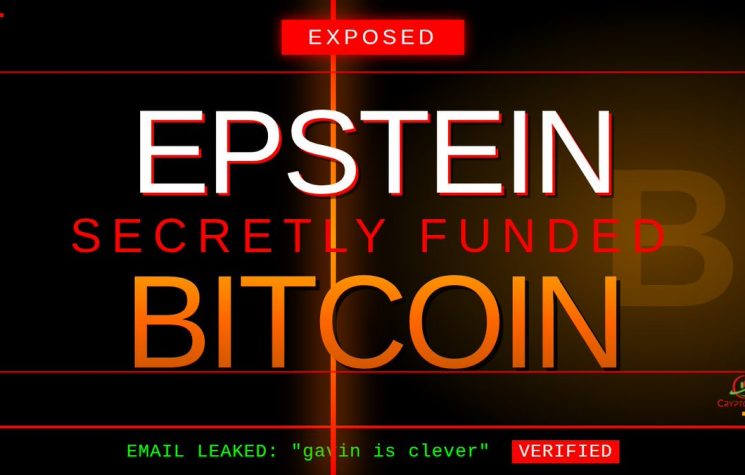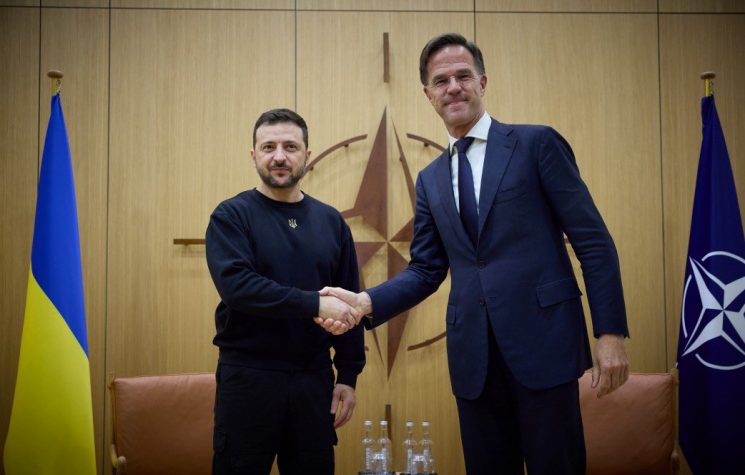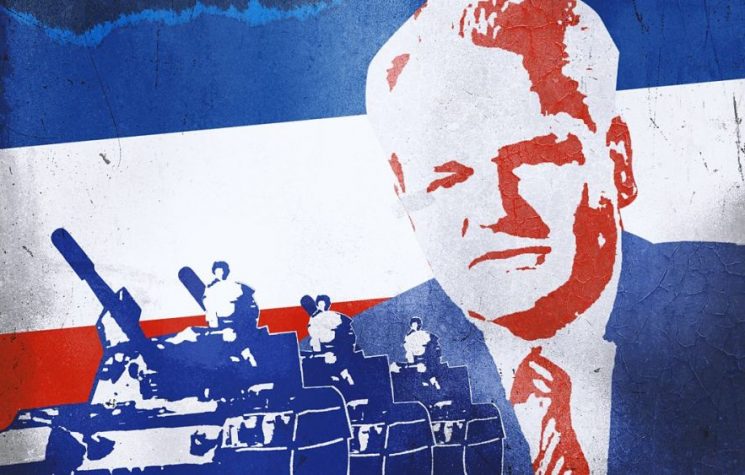The Anglo-American foreign policy hawks imagine that the world is yearning to be liberated from Beijing’s nefarious agenda to end poverty
As the trans-Atlantic world is pulled into the vortex of a McCarthyite nightmare with a renewed wave of anti-Russian and now anti-China hysterics, a wave of new “Asia Pacific” doctrines have emerged across captured states… I mean “member” states throughout NATO.
Starting with the February 2022 American ‘Indo-Pacific Strategy’, similar anti-China programs have popped up left and right with one principled target in mind: eliminate the threat of China through every tool available.
By early June 2022, the UK announced its own branding of the Asia Pivot remixed into the oddly named ‘Indo-Pacific Tilt’ which focuses less on the liberal eco-friendly language of the EU and devotes itself entirely to vastly increasing its military presence in China’s backyard.
After NATO’s June 2022 Madrid Summit officially designated China as ‘a systemic rival’, Canada’s foreign ministry announced its own Indo-Pacific Strategy in November 2022 followed by an absurd 26 page program published in January 10, 2023 outlining the details of Canada’s new role in the Pacific (which will be the subject of a subsequent report).
On January 25, 2023 NATO’s ironically named ‘Science for Peace and Security Program’ launched a new ‘cooperative initiative on the Indo-Pacific, followed by a January 30, 2023 Atlantic Council Indo-Pacific Security Initiative focused on dealing with “China’s growing threat to the international order”. The same day the Atlantic Council unveiled this new doctrine, an American intelligence spook named Markus Garlauskas was named the program’s new director.
While efforts have been made to avoid using an explicitly militaristic language within the majority of the seemingly unconnected reports outlined above, the fact is that what is emerging is a mutation of Obama’s toxic ‘Asia Pivot’. Unlike the small kinetic wars against non-nuclear states like Iraq or Libya, this new war plan against China is a diverse hodgepodge of every single tool of asymmetrical war launched all at once and targeting not only China, but more importantly China’s weaker neighbors. Besides the obvious conventional military and color revolutionary techniques which I’ve written about extensively in other locations, this new era of Indo-Pacific Strategies rely upon:
1- Seducing Asian neighbors into trade deals, economic partnerships, and military partnerships with the Trans Atlantic community which pull them out of China’s orbit
2- Coerce China’s neighbors into military agreements with the U.S., Canada, the EU and especially the absurd ‘Global NATO’ advocated by Jens Stoltenberg and his think tank clones in Brussels and Washington.
3- Promote an anti-Chinese human rights consensus to justify endless sanctions on Beijing for imagined abuses of Tibetans, forced labor of Uyghurs and tyrannized Hong Kongers.
4- Induce as many nations in the Anglo-American sphere of influence to cut themselves off of business with China or Chinese state firms in order to defend the rules based order
5- Build an anti-development cage around China and its neighboring regions under the guise of ‘ecosystems management’, ‘green finance’, ‘decarbonization’ and ‘ocean conservation’
6- Construct new trade alliances in the Pacific to counteract both China’s maritime Silk Road and also the China-led Regional Comprehensive Economic Partnership (RCEP) with an ambiguously titled U.S.-led Indo-Pacific Economic Framework for Prosperity (IPEF)
Since the architects of this agenda are not known for their commitment to reality, the objectives also include a fair amount of tools that aren’t available but are imagined to be so.
Chief among the list of imaginary tools to subdue China, we find the incredible economic power of the mighty U.S. dollar whose business everyone in the world is believed to desperately desire.
Take the example of some champions of the anti-China program writing at The Hill who criticized IPEF not for being delusional- but rather not for being delusional enough saying: “The IPEF neglects one of the secrets of U.S. success in Asia- access to U.S. markets. It was this lure and a U.S. regional security umbrella that fostered the economic miracles of Japan and South Korea after World War II and later Hong Kong, Singapore, Taiwan and China itself”.
Ignoring the fact that the once viable U.S. economy of the post-WWII decades has become a hollowed out shell of de-industrialized rot replaced with a cancerous speculative bubble economy, the authors of the article cited above exhibit a complete ignorance to the reality that the only insecurity shaking the foundations of the Asia Pacific is caused by the belligerent antagonisms of an insecure dumb giant overcompensating for its own mediocrity and impending collapse.
Despite the fact that China is the undisputed driver of economic growth, national banking and scientific progress in the world, the Anglo-American foreign policy hawks drafting the Indo-Pacific Agenda imagine that the world is somehow yearning to be liberated from Beijing’s nefarious agenda to end poverty, increase food production, build infrastructure and reconstruct war torn sectors of the globe that have been shredded by NATO-led bombing campaigns.
Even if one disregards my remarks about China’s program as “romantic idealism” and instead consider only the basic self-interest of anyone doing business with China, the basic economic facts of China’s trade relationship with its neighbors should cause anyone with half a brain to recognize where Asian-Pacific nations see as the principled force of their present and future prosperity.
Take the case of the U.S. military colony of Japan, which saw China consume over 20% of her trade exports in 2020, surpassing the USA and which increased from $146 billion to $206 billion in 2021. Despite being run by synthetic puppets clamoring for antagonism with China, Japan much more dependent on China economically than any other nation, including the USA.
Or take South Korea – another candidate for the Pacific NATO and second largest military colony of the Pacific behind Japan, whose largest trading partner is China running up to the tune of $240 billion between 2016-2021 (contrasted with a mere $131 billion with the USA over that same period). Without China, South Korea’s economy literally falls to pieces.
Despite the fact that the USA is desperately trying to intimidate nations of Asia to partner up with itself in opposition to China, Beijing’s trade with all 10 ASEAN nations rose by an incredible 71% over last year and grew 41% with India – both of whom share common interests with Russia, Iran, Africa and the broader multipolar alliance.
The European Union has conducted its fair share of blood-letting under Anglo American pressure over the past year.
First by slashing access to cheap and abundant Russian oil and natural gas, but then by freezing a long-awaited EU-China Comprehensive Agreement on Investments in May 2021 after China counter sanctioned five European parliamentarians for using CIA-propaganda to justify a sanction regime onto China over alleged abuses of Uyghurs. The freezing of this deal was followed Brussel’s decision to begin imposing tariffs onto Chinese aluminum and by Germany’s cancelling of a Chinese purchase of a chip manufacturer and blocking of China’s purchase of an un-named construction firm. As of January 30, Thierry Breton, European Commissioner for International Markets attested to the EU’s devotion “to the goal of choking China’s semiconductor industry” and went on to say “We fully agree with the objective of depriving China of the most advanced chips. We cannot allow China to access the most advanced technologies”.
Despite these ugly facts, the fact remains that the EU is still (and will continue to be) completely reliant upon trade with Beijing which is still by far the EU’s #1 trade partner. Not only is China the biggest source of exports to the EU (making up 22% of exports in 2021 and whose bilateral trade amounted to $711 billion during the first 10 months of 2022), but the EU is also dependent upon rare earth metals controlled by China (which controls nearly 90% of global supplies). It should be noted that before the USA announced its Indo-Pacific Strategy in February 2022, the EU had already made its own intentions clear to launch its ‘EU Strategy for Cooperation in the Indo-Pacific’ in September 2021 except with the important difference that China was not targeted as a rival or ‘systemic disrupter’ but rather as a partner in cooperation. This spirit of cooperation was obviously intolerable to an oligarchy seeking to set the stage for a new dark age.
Not that this obvious fact should need to be stated, trade with Russia, the Russian-led EAEU, the African Union, Southwest Asia, Central Asia, Gulf States and CELAC nations has also increased in leaps and bounds this year showing no signs of reversal.
I’ve stated this before, and I’ll say it again: China, Russia and every other nation sitting on the other side of the trans-Atlantic gated community are extremely aware of the precarious time bomb that is the Wall Street-City of London bubble banking system.
While synthetic shells might currently be sitting in positions of management within the capitals of Germany, France, Japan, Taiwan and other abused sacrificial states, the vast majority of the people, business class and intelligentsia knows that the script that celebrated a new world order and ‘end of history’ in 1992 no longer applies to the Eurasian-led world.
Barring a mindlessly desperate unleashing of nuclear warheads in the short term, the very fact of the real centers of gravity caused by the pro-growth, human-centric priorities of Eurasia led by China’s evolving Belt and Road initiative ensure that the storms which WILL befall the western world will not be everlasting nor will the dark abyss caused by the meltdown of the banking system be something which cannot be replaced by a viable economic and security architecture more befitting the human species.


















































